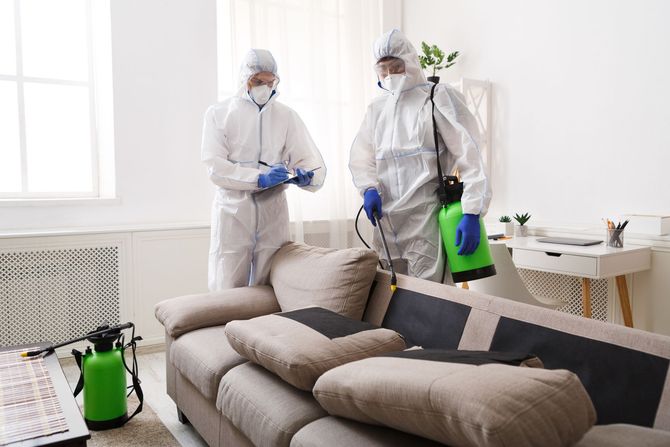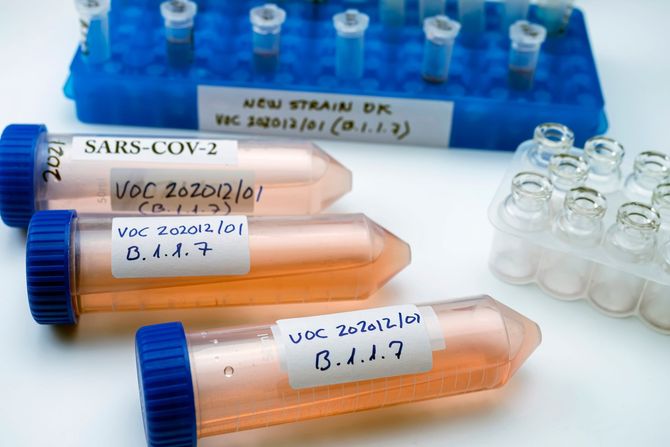We're here to serve you 24/7! Call us at (772) 242.3710.
Our Sevices
Mold Testing & Remediation
Mold testing and remediation are critical components of maintaining healthy indoor environments. Testing for mold typically involves collecting air, surface, or material samples and analyzing them to detect the presence and types of mold. Professionals use various methods, such as air sampling pumps, swabs, or tape lifts, to gather specimens. Once mold is identified, remediation—a carefully controlled process of removing and treating mold-infested areas—is initiated. This process not only involves physical removal but also rectifying the underlying moisture problem that allowed the mold to flourish. Remediation protocols follow strict safety measures to contain and eliminate mold without contaminating other areas, often involving the use of personal protective equipment (PPE), HEPA-filtered vacuums, and antimicrobial agents. Post-remediation, the area is usually retested to ensure that all mold has been successfully eradicated and that the environment is safe for occupancy. Effective mold remediation is essential to prevent potential health risks associated with mold exposure, such as allergies and respiratory issues, and to preserve the structural integrity of the affected building.
VOC Testing
Volatile Organic Compounds (VOCs) are a diverse group of organic chemicals that can evaporate easily at room temperature and may pose health risks upon exposure. VOC testing is an essential process for monitoring indoor air quality, as these compounds are commonly emitted from products such as paints, cleaning supplies, building materials, and furnishings. Testing typically involves collecting air samples from the environment and analyzing them using sophisticated equipment like gas chromatography-mass spectrometry (GC-MS), which can identify and quantify the various types of VOCs present. The purpose of this testing is not only to assess the levels of VOCs against established safety standards but also to pinpoint potential sources of VOCs within a building. Once identified, steps can be taken to reduce or eliminate VOC emissions, which may include improving ventilation, selecting low-emission products, or conducting targeted remediation activities. Regular VOC testing is crucial in sensitive environments such as schools, hospitals, and homes, ensuring that the indoor air remains within safe health parameters and minimizing the risk of problems like headaches, eye irritation, or more serious long-term health effects.
Indoor Air Quality
Indoor Air Quality (IAQ) testing is an essential procedure to ensure the health and comfort of indoor environments, as the air inside buildings can be more polluted than the outdoor air due to a concentration of contaminants. IAQ testing encompasses evaluating various components including, but not limited to, levels of VOCs, particulate matter (PM), mold, carbon monoxide, carbon dioxide, humidity, and temperature. Specialized instruments, such as air sampling pumps, particle counters, and hygrometers, are used to measure these elements. The process is crucial in identifying hidden problems, such as inadequate ventilation, the presence of off-gassing materials, or moisture issues that may not be apparent to inhabitants. Understanding the composition and concentration of indoor air pollutants is the first step toward creating interventions that can range from simple fixes like increasing airflow and using air purifiers to more complex solutions such as HVAC system upgrades and the use of building materials that emit fewer pollutants. Regular IAQ testing is especially important in densely occupied spaces like offices or schools, where poor air quality can significantly affect productivity, learning, and overall well-being.
Environmental Testing
Environmental testing encompasses a broad spectrum of analyses conducted to monitor the quality and impact of various environmental elements on ecosystems, human health, and infrastructure. This testing covers air, water, soil, and noise levels, as well as radiation and electromagnetic fields. Professionals utilize an array of instruments, from spectrometers for detecting chemical concentrations to sound level meters for measuring noise pollution. The aim is to identify contaminants and ensure compliance with environmental standards set by regulatory bodies. For instance, water testing may look for heavy metals, pesticides, and microbial pathogens, while soil testing can reveal bioavailability of nutrients and presence of hazardous compounds. Through these assessments, environmental testing plays a pivotal role in pollution control, waste management, site remediation, and public health initiatives. It provides the data necessary to inform policy decisions, environmental protections, and to evaluate the effectiveness of environmental regulations, enabling a proactive approach to managing and mitigating environmental risks.
By subscribing to our SMS program and/or providing your phone number, you agree to our SMS Privacy Statement.






